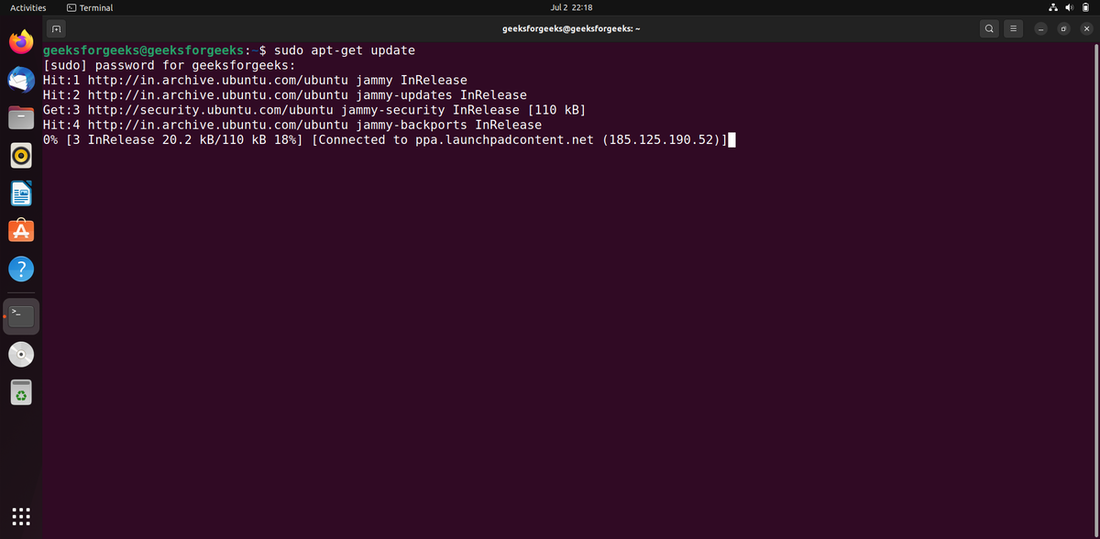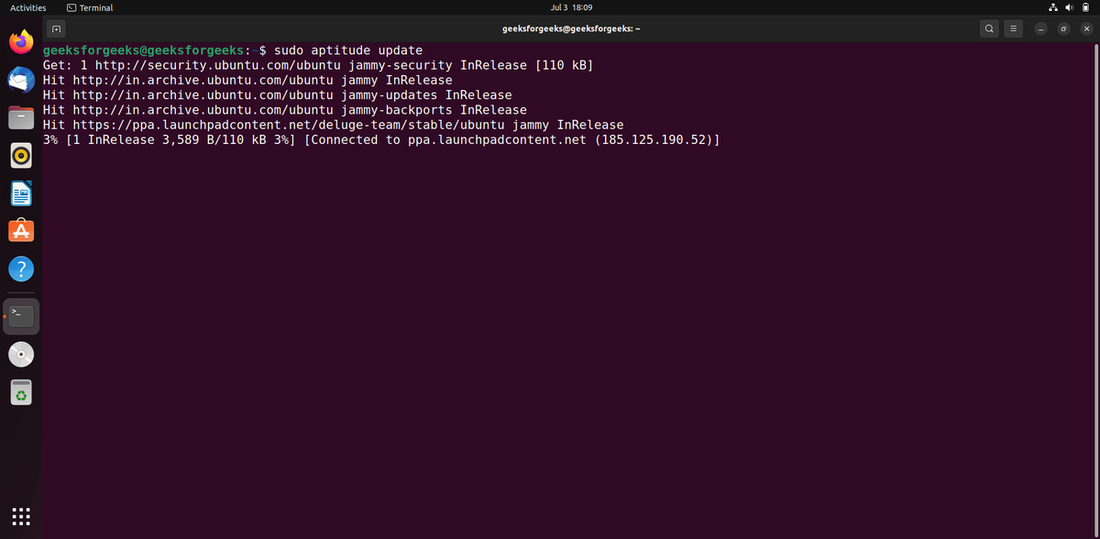How to Install apt-transport-https package on Ubuntu?
Last Updated :
27 Jul, 2022
Apt-transport-https is a fake transitory package; in 1.5, https support was relocated into the apt package. It is safe to remove. This is a fake transitory package; in 1.5, https support was relocated into the apt package. It is safe to remove. This is a fake transitory package; in 1.5, https support was relocated into the apt package. It is safe to remove. This APT transport supports access to repositories through the HTTP Secure protocol (HTTPS), often known as HTTP over TLS. It has been provided by default since apt 1.5, and it was previously available in the package apt-transport-https. It is important to note that transport is never called directly by a user but is instead used by APT tools based on user settings. HTTP is an unencrypted transport protocol (see apt-transport-http(1)), which, as indicated by the added S, is wrapped in an encrypted layer known as Transport Layer Security (TLS) to enable end-to-end encryption. A sufficiently skilled attacker can still watch the conversation partners, and a closer analysis of the encrypted transmission may still expose vital facts.
On Ubuntu 20.04, there are three options for installing apt-transport-https. Apt-get, apt, and aptitude are all available. Each strategy of installation will be described in detail in the following sections. You may select any of them.
- Using apt-get to install
- Using aptitude to install
- Using apt to install
Method 1: Using the apt-get command
Step 1: Using the following command, update the apt database using apt-get.
sudo apt-get update

Step 2: After upgrading the apt database, we can use apt-get to install apt-transport-https by performing the following command:
sudo apt-get -y install apt-transport-https

Method 2: Using apt
Step 1:The apt database will be updated with the command below.
sudo apt update

Step 2: After upgrading the apt database, we can use apt to install apt-transport-https by performing the following command:
sudo apt -y install apt-transport-https

Method 3: Using aptitude
Step 1: If you want to use this method, you may need to install aptitude first because it is not normally installed by default on Ubuntu. Use the following command to update the apt database with aptitude.
sudo aptitude update

Step 2: After upgrading the apt database, we can use aptitude to install apt-transport-https by performing the following command:
sudo apt -y install apt-transport-https

Apt-transport-https helps in Proxy Configuration
The environmental variable System-wide setup of http proxy is supported. Acquire::http::Proxy may be used to configure APT-specific proxies. Acquire::http::Proxy::host allows you to specify proxies that should only be used for specific hosts. Proxy autodetection discussed further below allows for even more fine-grained control. All of these options utilise the URI format scheme:/[[user][:pass]@]host[:port]/. Socks5h (SOCKS5 with remote DNS resolution), http, and https are all supported URI schemes. Authentication information can be given using apt auth.conf(5) rather than include it directly in the URI.
Apt-transport-https hepls in Connection Configuration
Acquire::http:: is an option. Timeout specifies the method’s timeout timer; this number applies to both the connection and the data timeout.
Apt-transport-https hepls in Automatic Proxy Configuration
Acquire::http:: Proxy-Auto-Detect allows you to specify an external command to choose which HTTP proxy to use. To enable for host-specific setting, the first and only argument is a URI identifying the host to be addressed. APT expects the command to print the proxy as a single line in the previously defined URI format on stdout or the word DIRECT if no proxy is to be used. If there is no output, the generic proxy settings should be utilized.
Like Article
Suggest improvement
Share your thoughts in the comments
Please Login to comment...